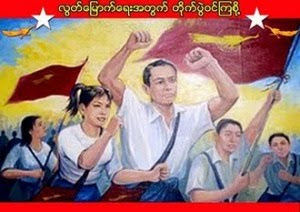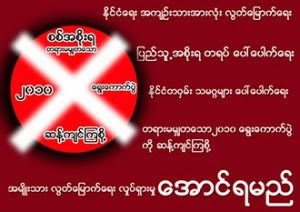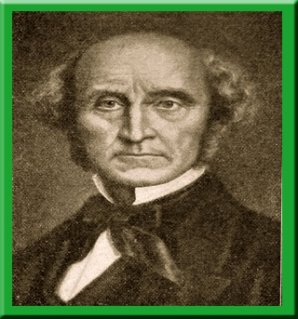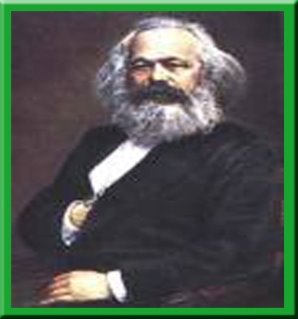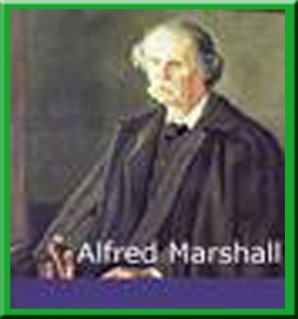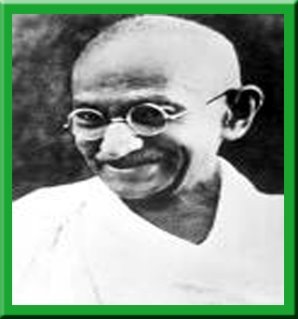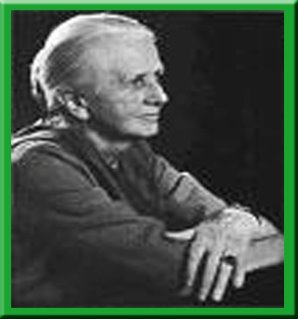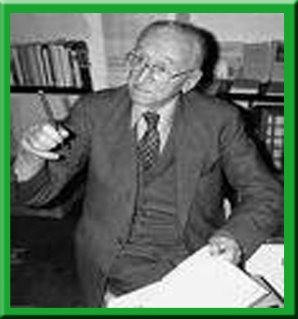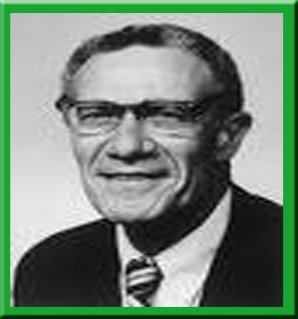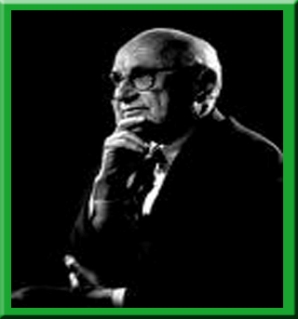National Power, Population & Economic Growth
(1)Sovereign political unit
(2)Population that in being committed to a particular collective identity through a common image of past and future shares a greater or lesser degree of nationalism
(3)A territory in its own
(4)Common and independent economic patterns
(5) Common linguistic and cultural patterns.
From the psychological aspect, the nature of a nation state’s power is crucial because it represents the capabilities of the nation. The major elements of the national power include
(1)Geography
(2) Natural resources
(3)Population
(4) The nature of a country’s government
Among them, the military regime emphasized on the population concepts in its training. To get the clear-cut point, I would like to demonstrate the theories and applications of the relationship between economic growth and population.
Theory
The upfront key terms used in this section:
Economic growth : A continued increase in the size of an economy (its GDP), i.e. a sustained increase in output over a period (Thomas, 2000:31)
Effective labour units: A*N is referred to as effective labour where A is the state of technology and N is labour.
Population growth rate: The rate at which a population is increasing (or decreasing) in a given year due to natural increase and net migration, expressed as a percentage of the base population (Hewitt, 2000:126)
Here, the Solow model equations written in terms of effective labour units is going to be derived. Generally, the model is built on two equations; production function and capital accumulation.
Production function shows how much output can be produced by a given quantity of factor inputs (Gordon, 1981: xxxiii). According to the production function, the firm used capital input K and labour input L, to produce output Y.
Production function assumed to have Cobb-Douglas form because the proximate constancy of income shares in the long run suggests that this form is a reasonable approximate for an aggregate production function for long run analysis. (Sorensen & Whitta-Jacobsen, 2005:64)
It is given by
Y=AF (K, N) =AKα N1-α
Where A refers to the state of technology Increases in factor inputs and improved technology lead to an increase in output supply. (Dornbusch & Fischer, 1990:714)
When we write the Solow model in terms of ‘per effective labour units’, a modified cobb-Douglas production is employed and it is known as ‘labour-augmenting technological progress’ (Harod-neutral technology)
Y= Kα (AN) 1-α, 0<α<1>
When we divide both sides by AN,
Y/AN = Kα (AN) 1-α/AN= Kα (AN)-α
Let denote
ŷ=Y/AN
kˆ=K/AN
So ŷ=kˆα
This represents a production function in terms of per effective labour unit form that shows the output effective labour ratio growth with capital effective labour ratio.
The production function assumed to display constant returns to scale so that the function F (K, N) is homogeneous of degree one. For instance, if we measure both inputs by the proportion of β, output will also go up by this proportion for a given state of technology. So
Y= Kα (AN)1-α
(βKα) (βAN) 1-α= βKα (AN) 1-α= βY
Moreover, the production function also exhibits ‘diminishing marginal productivity of the factors of production. If the other factor is fixed, then increases in one factor yields smaller and smaller output gains. (Gartner, 2003; 224) So
Y= Kα (AN)1-α
αKα-1 (AN)1-α>0 (K↑ → Y↑)
(α-1)αKα-2 (AN)1-α, 0<α<1>
The second equation represents the capital accumulation equation. The net change in the stock of capital Ќ is equal to the gross investment (I) minus depreciation(D) (Gartner, 2003)
Ќ=I-D
As Y=C+I where C is consumption and I is total investment.
Therefore I=Y-C
As people consume fraction c of current Income, C=cY
I=Y-CY= (1-c)Y
As people save fraction s,
I=sY
sY represents the actual investment.
After taking account the depreciation, it can be written as
D=δK
where δ refers to the amount of investment required to cover depreciation. It can also be called the requirement line because it states the investment required to keep the capital stock at its current level (Gartner, 2003)
So K=I-D
Ќ=sY- δK
where Ќ tends to 0, it will become an equilibrium condition known as the ‘steady state’ equilibrium. If we divide this by K , it yields
Ќ/K=sY/K- δ
In terms of ‘per effective labour units’, it can be denoted as
Let ˆk=K/AN
lnˆk=lnK-lnN-lnA
1/ˆk ˆk˙= 1/K Ќ -1/N Ń-1/AÁ
By sorting the equation, we get
Ќ/K=ˆk˙/k+ Ń/N+ Á/A
when we define n=Ń/N and the rate of technological purpose ε=Á/A and replacing both sides,
ˆk˙/k+n+ε= sY/K- δ
so ˆk˙= sŷ- (δ+n+ε) ˆk
ˆk is called the technology-adjusted capital intensity (or capital per effective labour unit) and ŷ can be called the technology-adjusted average labour productivity (or output per effective worker) respectively. (Sorensen & Whitta-Jacobsen, 2005:133)
The above equation represents the capital accumulation equation per effective labour units.
(δ+n+ε) ˆk shows the required investment and sŷ shows the acual investment as follows.
The required line tells how much investment per efficiency unit of labour needed to keep the capital stock per efficiency unit at the current level. In order to achieve this, investment must replace capital lost trough depreciation, cater to new workers or equip new efficiency units of labour created by the technological progress. (Gartner, 2003:240)
By using the equations of production function and capital accumulation, the Solow model in terms of effective labour units can be derived.
The steady state level required investment line and actual investment function intercept
So output at the steady state level is determined by the production function ŷ to give the potential output per effective unit of labour.
The short run and long run effects of this model will depend on the rise or fall of the two variables, investment rate and population growth rate.
Application
In this section, I would like to identify the short run and long run effects of a fall in the population growth rate by using the Solow model equations derived in the previous section.
Assume that
The investment rate remains at the same level and there is a fall in population growth.
A fall in population growth from gives an increase in capital to ˆk1
Decreased population growth reduces the required investment, rotating the scheduled downward to (δ+n1+ε) ˆk
The new steady state level will result at where the new required investment line intersect with the actual investment.
So the production function that determined at the new steady state level increases the output per effective labour unit to y1
So it is clear that the output per effective labour unit and the population growth rate is negatively correlated.
The higher population growth with unchanged saving means that capital does not grow fast enough to keep up with labour force growth and depreciation in this case, lower capital-labour ratio gives a decline in output per effective labour unit.
In contrast, the lower population growth with unchanged saving rate means that there has a sufficient capital to keep up with labour force growth and depreciation. In this case, a higher capital-labour ration gives an increase in output.
During the transition phase, growth rises above n and the high population growth can increase the output and capital growth in n goes in hand with growth in y. However, output growth falls back to the growth rate of population.
To summarise, a fall in population growth:
(1)causes output per effective labour unit grow in the short run
(2)increases output per effective labour unit in the long run
(3)gives higher capital-labour ratio
(4)Maintains the sufficient capital to keep up with labour force and depreciation in the long run.
Conclusion
These are the main reasons why the developing countires are trying to decrease the population growth to improve the economic capabilities.
In reality, the national power of the population means the population with industrialization, the population that can increase the output level of production.
To achieve the full scale production, the policies of the government should be effective and the effectiveness of the policies depend on the nature of a country’s government. Our Country,
In general, we can say that Burma has got the comparative advantage in other elements of national power such as a good geographic situation for International Trade, enormous natural resources and the reasonable level of population. However, the nature of a country’s government has been wrong throughout the histories; leading to a drawback in national power.
The data for democratization shows that in 1975, 68.7% of the countries were authoritarian, 7.5% were partial democracy and only 23.8% were liberal democracy. In 1995, only 26.2% were still remained authoritarian and the rest were partial or liberal democracy. Stoessinger (1986) claimed that democracy has a great advantage for national power because it rests on the consent and voluntary support of the governed, where dictatorship requires coercion.
In conclusion, I would like to appeal to the military officers and USDA officials
(1)to get out of the propaganda world by SPDC regime;
(2)to co-operate with the people for development of the country
(3)to adopt the right policies for economic growth and
(4)to improve the national power as a whole.
(Ps. This appeal dedicated only to the people who simply want to improve the country’s situation from the military and USDA; not for the opportunists)
Khin Ma Ma Myo
Bibliography
Allen, T. & Thomas, A. (2005) Poverty and Development into the 21st century, Oxford University Press
Attkinson, G. (1985) Development Economics: An Annual Review, Volume 1, Causeway Press Ltd.
Dornbusch, R. & Fischer, D. (1990) Macroeconomics, 5th edition, McGraw-Hill
Khan, Langmead, Hardwick , Modern Economics, 4th edition, Longman
Gartner, M. (2003) Macroeconomics, Financial Times/ Prentice Hall
Gordon, R. J.(1981) Macroeconomics, 2nd edition, Bostom: Addison Wesley
Potter, D., Goldblatt, D., Kiloh, M. & Lewis (1997) Democratization, Polity Press, Cambridge
Sorensen, P. & Whitta-Jacobsen, H. (2005) Introducing Advanced Macroeconomics: Growh & Business Cycles, McGraw-Hill
Stoessinger, J. (1986) The Might of Nations, 8th edition, Random House, New York




















